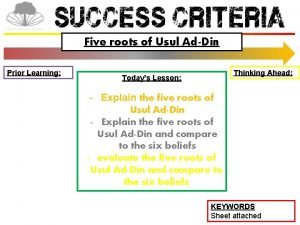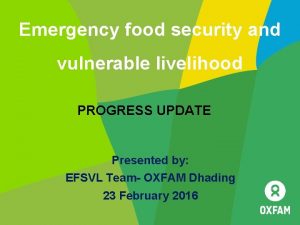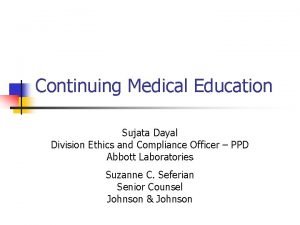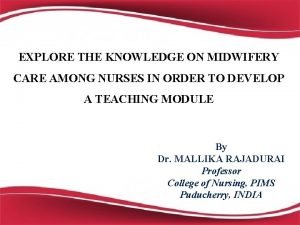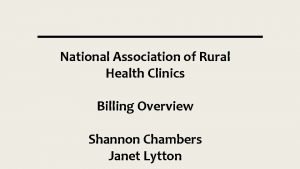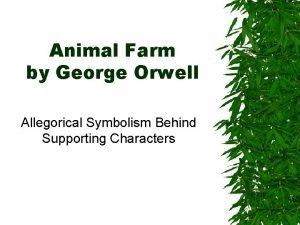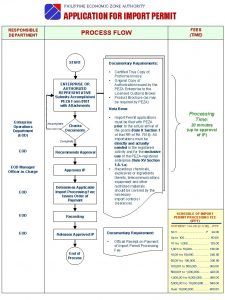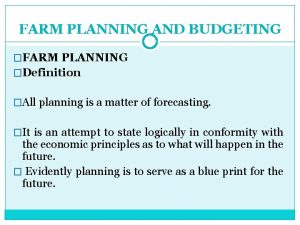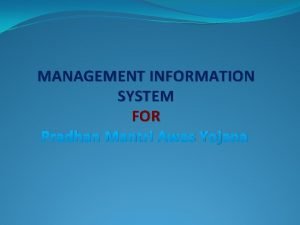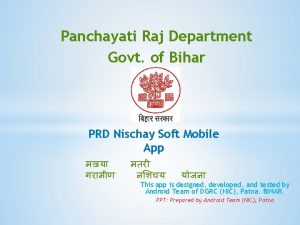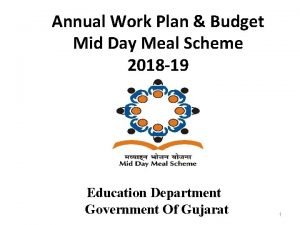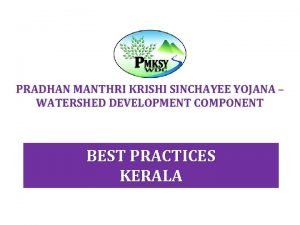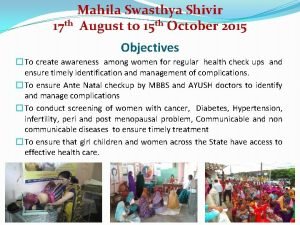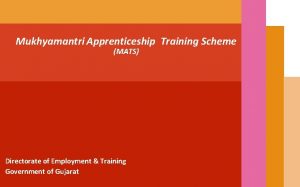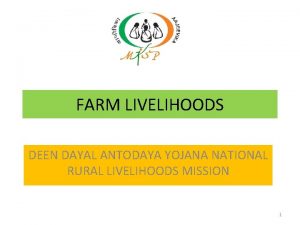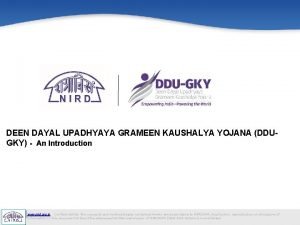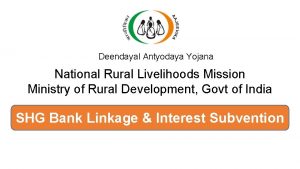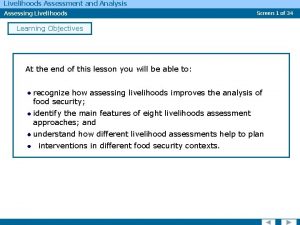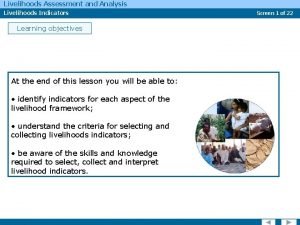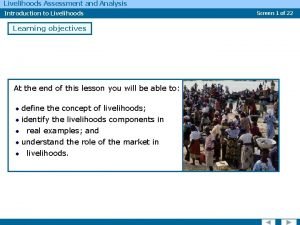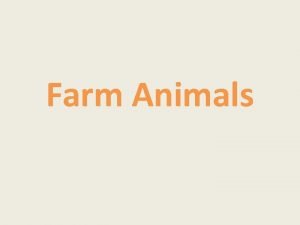FARM LIVELIHOODS DEEN DAYAL ANTODAYA YOJANA NATIONAL RURAL

















- Slides: 17

FARM LIVELIHOODS DEEN DAYAL ANTODAYA YOJANA NATIONAL RURAL LIVELIHOODS MISSION 1

MKSP –In brief • • • No. of States Covered: 19 No. of Districts Covered: 115 No. of Blocks covered: 990 No. of Villages covered: 22, 673 No. of Mahila Kisan covered: 34 lakhs No. of Livelihoods CRPs groomed: 18918 Area under sustainable agriculture (in Acre): 45 lakhs NGO partners (including NGOs in consortium form): 45 No. of projects (including AAPs): 65 Outlay for MKSP: Rs. 1121 crore Value chain development projects: Rs. 84 crore

MKSP OUTREACH State AP Assam Bihar Chattishgarh Gujarat Haryana Himachal Pardesh Jharkhand Karnataka Kerala Maharastra MP Odisha Rajasthan Telangana West Bengal Total Number of districts blocks Number of villages No. of Mahila Kisan Covered Area covered Number of CRP for SA (In Trained and Acres) Deployed 13 7 10 4 4 4 393 14 18 5 10 4 9917 140 627 68 660 153 1396479 12105 130773 3499 32670 894 2292000 5815. 38 24312 3018 62545 1719 167 1561 42 583 40 1 3 130 1966 759 27 11 3 14 5 7 9 7 10 6 115 22 3 152 9 14 21 18 291 13 990 635 303 1243 157 550 835 460 5862 933 22673 26339 19000 310535 5507 35087 37547 26641 1303041 58060 3400143 12891 25920 117588 10000 37627 32749 12379 1820000 26965 4484567 512 203 9898 100 1108 549 970 759 396 18918 3


Focus • Poorest of the Poor (small & marginal women farmers and landless) • Scaling up existing best practices in sustainable agriculture, livestock and NTFP • Creation of Social capital (CRPs- Pashu Sakhi, Aajeevika Krishak Mitra ) for agriculture, NTFP and livestock, from the best practitioners - for last mile service delivery and also for rapid pace in scaling up • Improved market access for women’s produce/products • Increased soil health and fertility to sustain agriculture based livelihoods • Increased levels of skills and performance by women in agriculture • Focus on convergence with MGNREGA and other government programs - Land development, NADEP/Compost pits, cattle shed construction • Developing forward linkages and promote producers’ organization 5

Strategy • Continuous capacity building of community and community cadres • Promotion of sustainable agriculture practices • Integrate livestock • Promote community-owned scaling up process- livelihood collectives, CRPs • Develop community owned extension architecture • Develop value chains of key commodities • Promote ICT-enabled environment as strong support structure 6

Implementation approach • Reducing cost of cultivation • Community Based Extension System: Resource persons to provide regular technical support in the village – Best practicing farmers as CRPs – Weekly group meetings (FFS/Pashu Pathshala) in the fields for reviewing, researching, trouble shooting and capacity building – Variety of resource material- focus on A/V materials • Program anchored and regularly reviewed by the CBOs/Federation of SHGs at village and cluster level

Major interventions KEY Interventions 36 X 36 model for round the year household nutritional security and regular income as well. Kitchen/ Home Stead garden Preparation and usage of Beejamruth etc. for seed treatment Ghanjeevamruth for soil fertility management. Preparation and usage of bio-pesticides such as Agnayastram, Neemastram and Brahmastram. NADEP/Vermi compost pits for improving the soil texture and bio-mass. SRI/SCI Azolla pits Sustainable agriculture/ Cultural Practice for pest management as trap cropping, bund cropping, bird perches, sticky traps etc. For in-situ moisture conservation practices like mulching and 5% model (i. e. corner pits). Ex- Situ water conservation/ water conservation structures/ practices Summer ploughing Regular farmer field school Establishment of seed bank

Collective marketing

Marketing by the Co. op members

Community Resource Person (CRP)-NRLM strategy for last mile extension service delivery • • Who is a CRP? Roles and Responsibilities A member of NRLM compliant Self. Help group A progressive farmer, preferably from a poor household. Has received training on all modules A practitioner of all the best practices for at least 2 years and have demonstrated the practices herself Has the willingness to travel. Has good inter-personal relations in the group Is persuasive and good communicator. Has minimum literacy levels- capacity to read and write • • • A CRP influences people to adopt sustainable practices by demonstration of the best practices A CRP works with the poor households to develop a production plan for each household A CRP conducts Farmers Field School regularly with the women farmers. A CRP makes regular visits to the farms of poor households for handholding and troubleshooting. A CRP monitors the adoption of the different practices and provide feedback or escalate the issues to the appropriate levels in a time-bound manner. A CRP documents the best practices/case studies in the area.

Pashu Sakhi Model Objective To make livestock based livelihoods sustainable and a viable economic activity for the rural poor Key components • Focus on building community owned and community managed extension architecture for last mile delivery of animal care services highly cost effective and sustainable • Building a cadre of community animal care service providers i. e. Pashu Sakhi • To be universalized in every state under NRLM

Convergence –Mo. A and NRLM • Mo. A and DARE bring in – many extension services, lot of knowledge and research products to be taken to the community, a big network of institutions and research centres, qualified and trained staff • NRLM bring in a nation wide network of community organizations with a large pool of social capital-the outreach • Most Mo. A programs have dedicated allocation for women farmers • Leveraging on each others’ strengths would be the key 13

Points of convergence • Soil Health Card to all women farmers • Subsidy for women farmers under various sub missions/ missions of DAC & FW • Establishment of Custom Hiring center and Farm Machinery Banks for the women farmers groups under MKSP • Effective Utilization of Community Resource Persons for Fasal Bima Yojana • Taking up organic farming cluster under Paramparagat Krishi Vikas Yojana with Mahila Kisans under MKSP • KVKs to train the MGNREGA workers who have opted to acquire improved agriculture skills under LIFE program. 14

Points of convergence • Link farm ponds and dug wells created under MGNREGS with program of Mo. A that provides drip irrigation systems to the farmers. . • The Aajeevika Krishak Mitra who are being promoted under NRLM as extension workers may be linked with ATMA at Block level. • The MKSP initiatives for promotion of Non Timber Forest Produce (NTFP) can be linked with Agro Forestry schemes • The farmers who have taken up horticulture under MIDH may be linked to the value chain development initiatives of NRLM wherever such opportunities are there. • Mahila Kisans who have undertaken sustainable agriculture practices under NRLM may be registered 15 under PKVY

Points of convergence (animal husbandry • Accreditation of Pashu Sakhi trained under NRLM • Effective utilization of Pashu Sakhi to cover animals under insurance as envisaged under NLM • Partnership with NDDB for dairy value chain development 16

 5 roots of usul ad-din
5 roots of usul ad-din Emergency food security and vulnerable livelihoods
Emergency food security and vulnerable livelihoods Lizette charbonneau
Lizette charbonneau Sujata dayal
Sujata dayal National rural health mission
National rural health mission Claim bill types
Claim bill types Harmouns
Harmouns What does foxwood farm represent in animal farm
What does foxwood farm represent in animal farm Peza farm-in process
Peza farm-in process What is farm planning and budgeting
What is farm planning and budgeting “http://pmaymis.gov.in/” – pm awas yojana
“http://pmaymis.gov.in/” – pm awas yojana Nischay soft prd
Nischay soft prd Ams(https://mdm.gujarat.gov.in
Ams(https://mdm.gujarat.gov.in Pradhan mantri krishi sinchayee yojana in kerala
Pradhan mantri krishi sinchayee yojana in kerala Handicraft yojana
Handicraft yojana Mahila swasthya yojana
Mahila swasthya yojana Mother teresa yojana
Mother teresa yojana Mukhyamantri apprentice yojana gujarat
Mukhyamantri apprentice yojana gujarat
